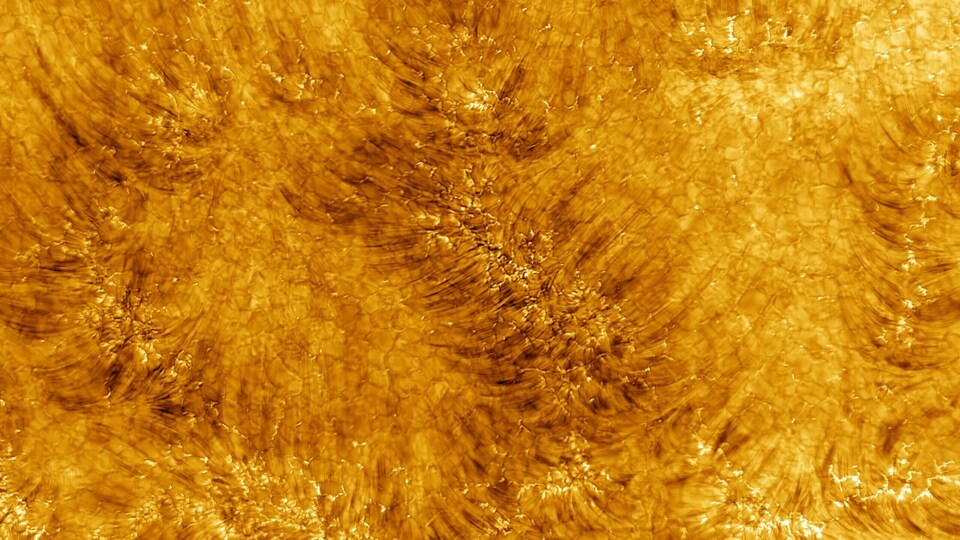Miracle! Telescope captures FIRST-EVER special image of mysterious Sun part
The difficulty of capturing the Sun's lower atmosphere, the chromosphere, is massive. However, it has now been done by the world’s largest solar telescope. Have a look here.






 View all Images
View all ImagesWe have seen several images and short clips shared by NASA revealing great details of the Sun. But this time, the Daniel K. Inouye Solar Telescope (DKIST) in Hawai'i has captured the first-ever detailed image of the sun's chromosphere, which is a layer of the Sun's atmosphere just above its surface. The image taken by the telescope on June 3, 2022, shows a region 82,500 kilometres across at a resolution of 18 km.
What is chromosphere? Similar to the outermost region of the sun's atmosphere named corona, the chromosphere is generally clouded by the star's photosphere, which is roughly equivalent to the star's surface. In images captured by the telescope during a total solar eclipse, when light from the photosphere is obstructed by the moon, the region is typically only detectable as a bright red ring around the main body of the Sun. Thanks to the Daniel K. Inouye Solar Telescope, this has now changed.
One of the main highlights of the study is the space weather, bright solar flares and coronal mass ejections from the surface of the sun that shoots material into space. “NSF's Inouye Solar Telescope is the world's most powerful solar telescope that will forever change the way we explore and understand our sun. Its insights will transform how our nation, and the planet, predict and prepare for events like solar storms,” said NSF Director, Sethuraman Panchanathan.
Daniel K. Inouye Solar Telescope (DKIST)
On the Hawaiian island of Maui, DKIST is situated near the Haleakala Observatories site, a significant location. This position gives the telescope the lengthy daylight hours needed for a solar telescope, as well as the clean sky with no interference from Earth's atmosphere, needed to observe the sun's corona and chromosphere, at a height of 10,000 feet (3,000 metres) and surrounded by ocean.
The biggest mirror of any solar device is used by DKIST. The telescope collects more sunlight than any previous solar telescope thanks to the 13 foot (4 m) broad mirror. The end result is the most crystal-clear and high-resolution pictures of our star ever taken.
Catch all the Latest Tech News, Mobile News, Laptop News, Gaming news, Wearables News , How To News, also keep up with us on Whatsapp channel,Twitter, Facebook, Google News, and Instagram. For our latest videos, subscribe to our YouTube channel.


























